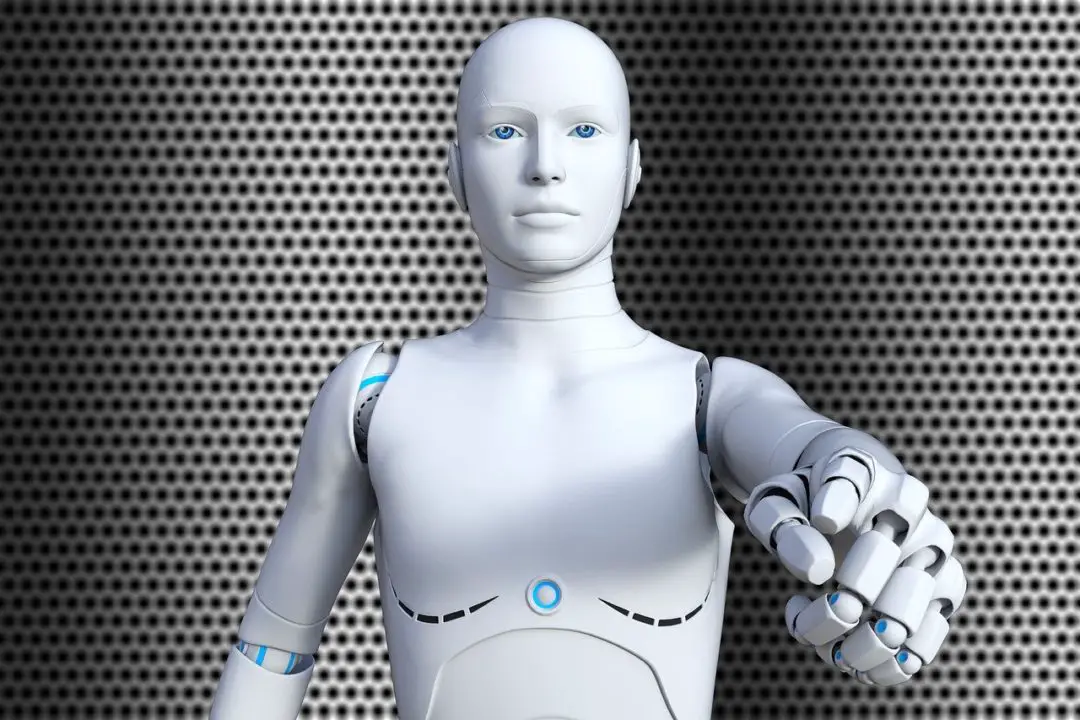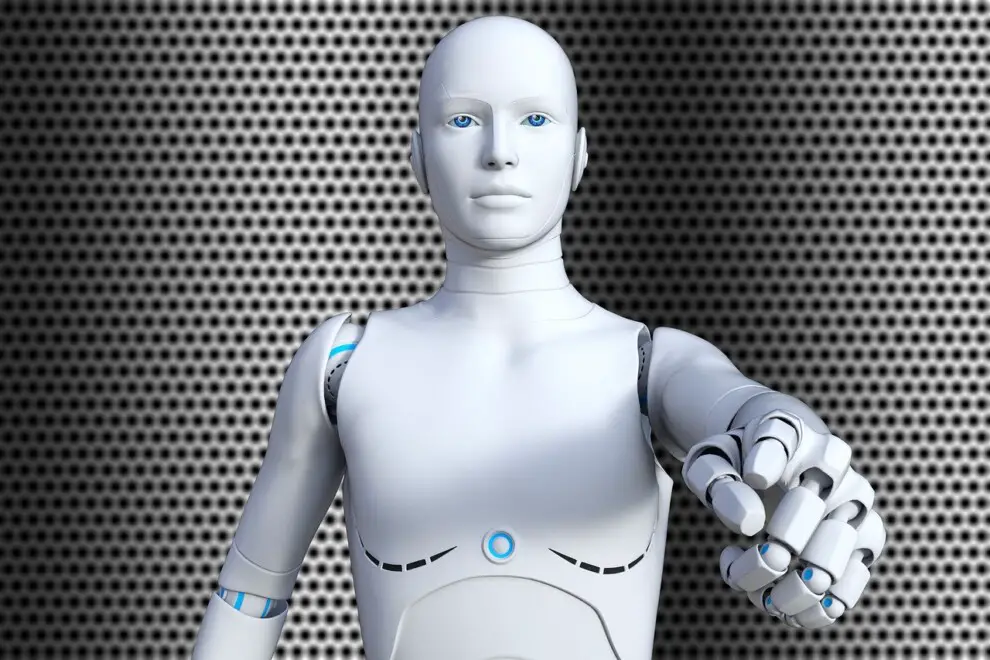Many countries in Asia are swiftly becoming more high-tech. But Japan, which is primarily known in the technology industry for its electronics and automobiles, is leading the way in Asian high-tech societies. China is a close second. And recently, India has fast become one of the major contributors to technology and science in Asia. Let’s take a closer look at these three high-tech Asian societies.
Japan
From vending machines that sell clothes and shoes to E-TAF automatic doors that open according to people’s body shapes, Japan’s technology is incorporated into the everyday lives of people at many levels. Science and technology in Japan are largely focused on producing robotics, space exploration, and medical devices. But Japan is most well-known for its consumer electronic products. Its electronics account for a large share of the world market.
Artificial Intelligence and Machine Learning are also becoming major high-tech sectors in the country. There are around 300 AI-related companies currently in existence in Japan. AI and machine learning will change almost every industry in the coming years. For instance, those technologies are transforming video games and online casino games. Slots and table games at online casinos like Casumo.com could be completely transformed in the next few years.
Notable recent Japanese inventions include the Cells Alive System, which alters the physics of freezing. CAS uses 30% less power than conventional home freezers and can freeze food up to five times faster, without any loss of taste occurring in the frozen food. Circular keyboards are also hot high-tech products in Japan, and they look set to take over the world soon. The circular-shaped keyboards are faster and more efficient than regular keyboards. Another Japanese invention is right out of a Philip K. Dick novel. Yes, the robots are taking over. The Henn-na Hotel in Nagasaki is run entirely by robots and is full of high-tech facilities. A mechanized dinosaur guides you through the check-in process, and a luggage-bot wheels your suitcase to your room.

China
Technological industries in China are not only leading the way in conventional areas like electronics, machinery, aviation, automobiles, and high-speed railways. The country is also driving high-tech innovations in emerging areas like new and renewable energy, next-generation telecommunications, big data, supercomputers, robotics, AI, space technology, and advanced nuclear energy.
One of China’s most notable recent inventions is the world’s thinnest glass for phones. The float glass is not just super-slim. It also has improved flexibility and light transmittance. It can withstand the impact of a 1.95-ounce steel ball falling on it from a height of 3.3 feet as well. China’s quantum satellite network is another incredible technology. It sends network data over vast distances, and it is impossible to hack. Another recent innovation sounds like science fiction. At China’s Zhengzhou East railway station, you will find police robots. They use facial recognition technology to track people wanted by police, and they also clean and monitor air quality, and find fires quickly.
India
Although India is not as high tech as other Asian countries and other countries around the world, it is fast becoming a technological hub. Development in sectors like IT, biotechnology, manufacturing technology, automobile engineering, nuclear science, computer science, and electronics are occurring on a large scale in India. Bangalore, Hyderabad, and Chennai are the main tech capitals of the country.
India has also been venturing into space science more. In 2008, India’s Chandrayaan-1 Moon Impact Probe was released. In 2009, it was reported that the mission’s Chandra’s Altitudinal Composition Explorer had detected water in the form of ice on the moon. And in 2013, India’s first interplanetary space mission, The Mars Orbiter Mission, was launched.
But the high-tech area in which India is excelling the most is Artificial Intelligence and Machine Learning. Since 2017, there has been an incredible uplift in investment and innovation in those areas. AI and Machine Learning are being implemented across diverse sectors such as manufacturing, agriculture, and healthcare. Since 2016, the growth of AI startups in India has been staggering, especially in the country’s startup capital Bengaluru.
According to a recent report from the US-India Strategic and Partnership Forum, India’s high-tech sectors will create 550,000 direct jobs and 1.4 million indirect jobs by 2025. The primary industries that are expected to provide most of those positions are in electronics, aviation, and medical devices.








